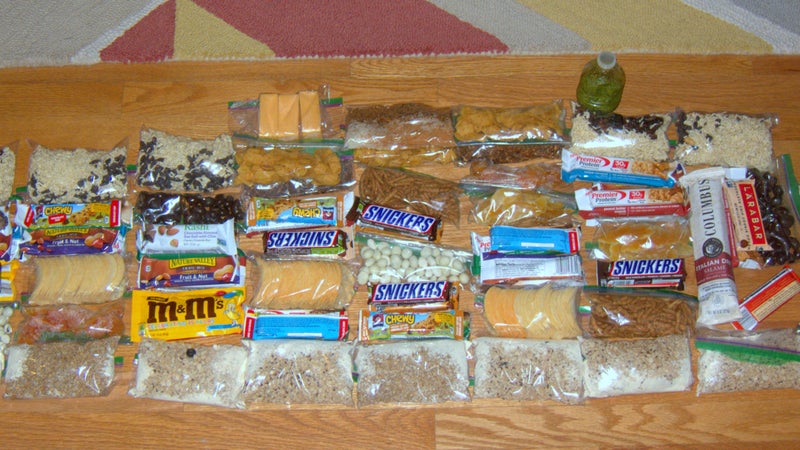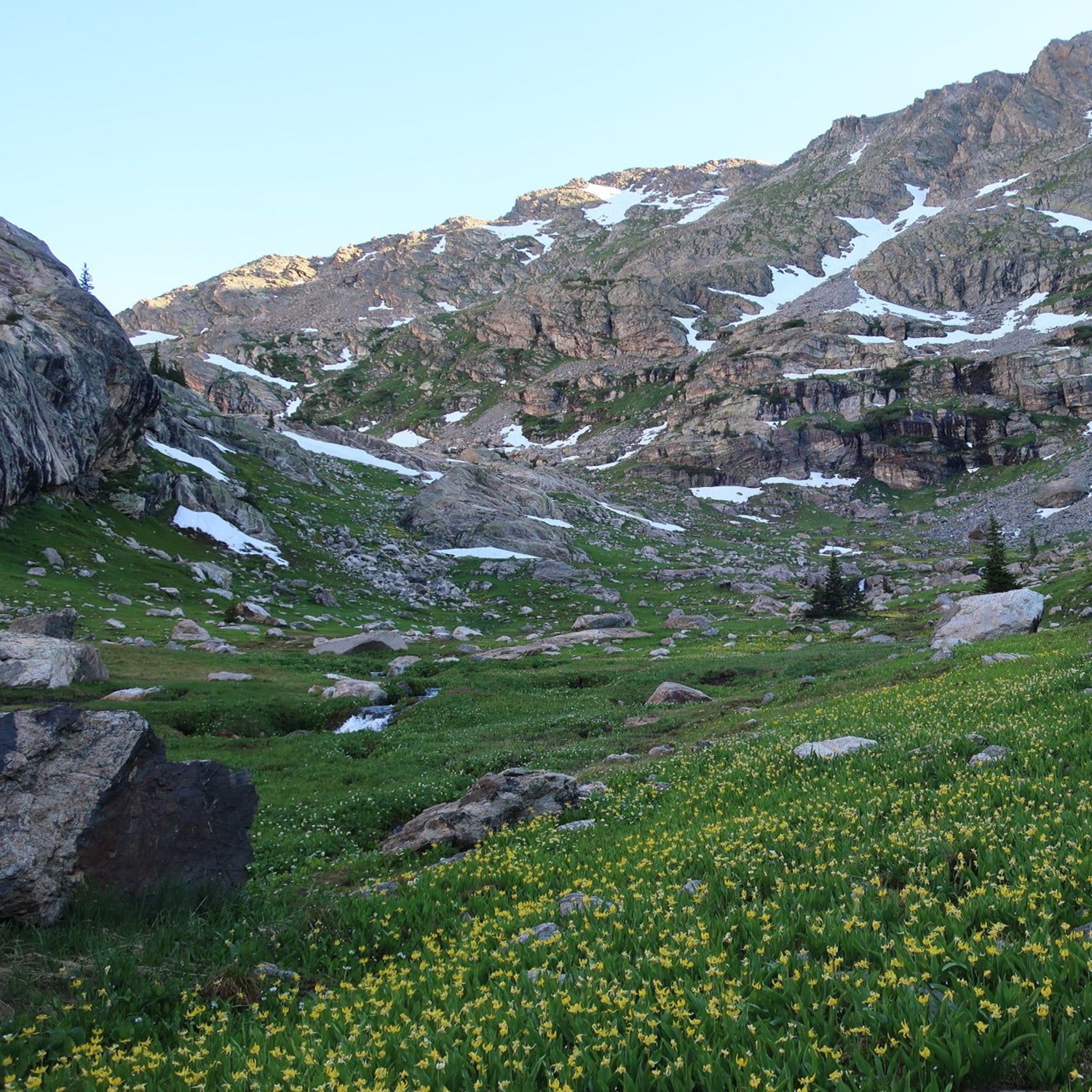This year, I will plan about 20 backpacking trips from three to ten days in length. A handful are private, but the majority are guided outings for clients who have rightfully high expectations.
The associated volume of gear, food, maps, permits, and travel logistics could easily be overwhelming. But over time, I have developed systems to prepare quickly and flawlessly so I can spend more time in the field and less time in my office.
#1. Use Checklists
Even a simple backpacking trip can have a paralyzing number of important details. Rather than waste mental energy trying to recall them all, I use checklists. I have a master and detailed lists for my and .
My lists are intentionally applicable to every season and location, as well as group size, experience level, and gender. When I’m running down the items, I simply ignore those that are not applicable this time around.
#2. Keep It All Together
In my home office closet, I keep my backpacking clothing and footwear; in a downstairs closet, my sleeping bags; and in two plastic totes in the garage, my go-to gear like my favorite shelter and sleeping pad. (It’s important to note that I don’t poach from these bins between trips for non-backpacking use.)
These concentrated locations greatly reduce the time necessary to assemble my kit. I avoid a house-wide scavenger hunt and never have to ask, “Honey, have you seen my…?”

#3. Make Food in Batches
Commercially prepared breakfasts and dinners are convenient, which is why my wife and I relied on Boulder, Colorado–based during a recent three-day trip in southeastern Utah. Prepackaged meals are particularly helpful for trips scheduled at the last minute or that come at the end of a busy week. But they’re expensive and don’t solve the need for daytime snacks and lunch.
The solution is to prepare food for the entire season—or at least the bulk of it—just once. DIY meal production involves a significant time investment. You have to plan out the recipes, purchase all the ingredients, assemble the meals, and, finally, clean up. I commit a Saturday afternoon or two weekday evenings to the process early in the season and thank myself later.
I end up with a plastic tote full of bagged snack foods (for example, salted cashews, dried apricots, Pringles) and DIY breakfasts and dinners (, ). When packing for a trip, I simply raid this tote for as much food as I need and grab an accompanying amount of butter and cheese from our fridge.
#4. Plan Early
In prime locations in the Mountain West, backpacking season has three reliable months: July, August, and September. After dry winters, June is in play, and if your schedule is flexible, favorable weather periods can be poached in October.
When the season finally starts, I find it useful to have a stack of trip itineraries that I planned months earlier so I’m not scrambling at the last minute (and overlooking important details) or simply doing the “easy” trips that everyone else is doing too.


